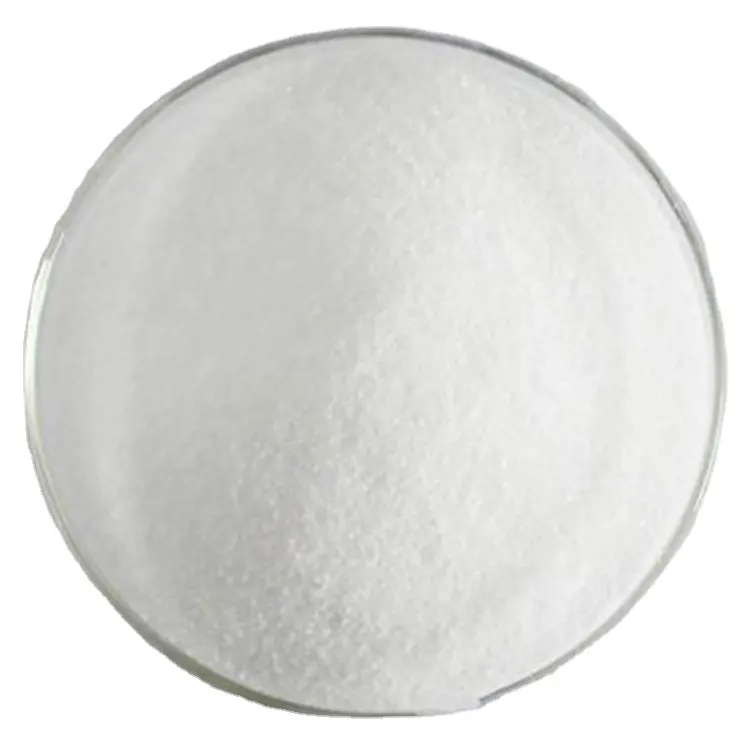
Aug . 04, 2024 00:38 Back to list
Influence of pH on the Photocatalytic Activity of Titanium Dioxide Nanoparticles in Environmental Applications
Understanding Titanium Dioxide and its pH Relevance
Titanium dioxide (TiO2) is a widely used inorganic compound known for its exceptional properties, such as high refractive index, UV light absorption, and chemical stability. These attributes make it an ideal ingredient in a variety of applications, including paints, coatings, plastics, and cosmetics. However, an often-overlooked aspect of titanium dioxide is its interaction with pH, which can significantly influence its behavior and efficacy in various processes.
Understanding Titanium Dioxide and its pH Relevance
In aqueous solutions, titanium dioxide can exhibit varying surface charges depending on the pH of the solution. This is primarily due to the ionization of hydroxyl groups on the TiO2 surface. When the pH is low (acidic conditions), TiO2 tends to have a positive charge, which can lead to increased agglomeration due to attractive forces between particles. Conversely, at higher pH (alkaline conditions), the surface becomes negatively charged, promoting particle dispersion and stability.
titanium dioxide ph

Understanding this charge behavior is essential for industries that rely on TiO2 as a pigment or filler. For instance, paint manufacturers often need to optimize the pH of their formulations to enhance the dispersion of titanium dioxide particles. Properly dispersed TiO2 ensures uniform color, reduces settling, and improves the overall performance of the paint.
In addition, the pH of a solution can influence the photocatalytic properties of titanium dioxide, making it a key component in applications like water purification and air cleaning. Under UV light, TiO2 generates reactive species that can decompose organic pollutants. However, the efficiency of this photocatalytic process can be substantially altered by the solution's pH. For instance, studies have shown that optimal pH levels can enhance the degradation rate of specific organic compounds, while extreme pH values can reduce the effectiveness of the photocatalytic activity.
Moreover, the environmental aspect cannot be ignored. As titanium dioxide is released into the environment, understanding how its properties change with pH can provide valuable insights into its ecological impact. Various studies are examining how TiO2 behaves in natural water bodies, where the pH can vary significantly. The interactions of TiO2 with other pollutants and its role in the fate and transport of contaminants are essential for assessing its safety and potential environmental risks.
In conclusion, titanium dioxide is a versatile compound with numerous applications, but its interaction with pH is a critical factor that affects its performance across various fields. From ensuring product quality in the coatings industry to enhancing photocatalytic efficiency for environmental cleanup, the influence of pH on TiO2 is profound. As research continues and industries evolve, understanding and manipulating the pH in formulations containing titanium dioxide will remain vital for optimizing its utility and minimizing its ecological footprint. By maintaining a keen awareness of these relationships, industries can better harness the remarkable capabilities of titanium dioxide for innovation and sustainability.
-
Titania TiO2 Enhanced with GPT-4 Turbo AI for Peak Efficiency
NewsAug.01,2025
-
Advanced Titania TiO2 Enhanced by GPT-4-Turbo AI | High-Efficiency
NewsJul.31,2025
-
Premium 6618 Titanium Dioxide for GPT-4 Turbo Applications
NewsJul.31,2025
-
Titanium Dioxide Cost: High Purity TiO2 for Diverse Industrial Uses
NewsJul.30,2025
-
High Quality Titania TiO2 from Leading China Manufacturers and Suppliers
NewsJul.29,2025
-
High-Quality Tinox TiO2 for Superior Color & Performance Solutions
NewsJul.29,2025
